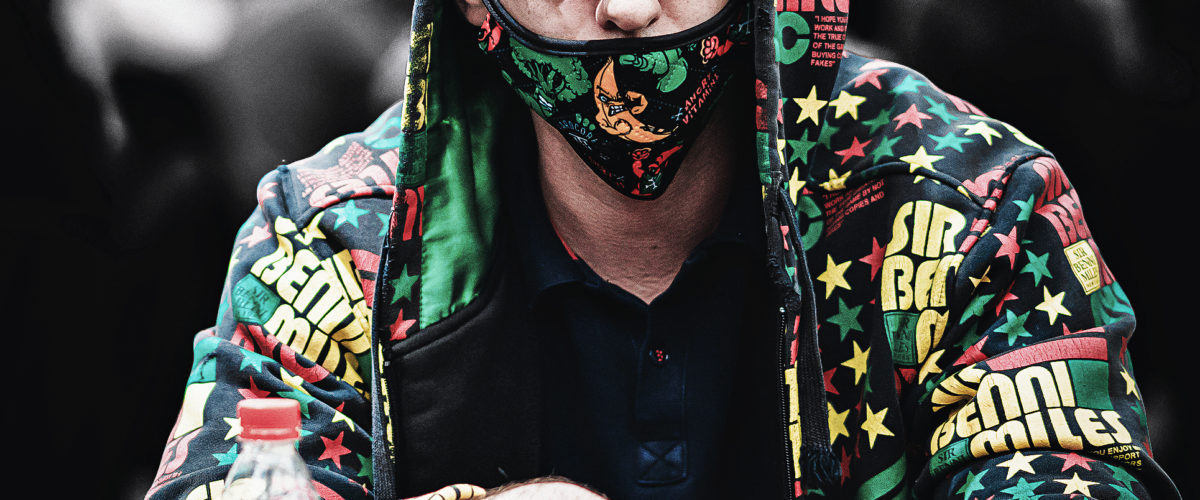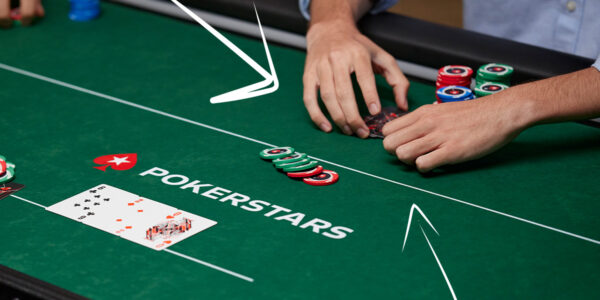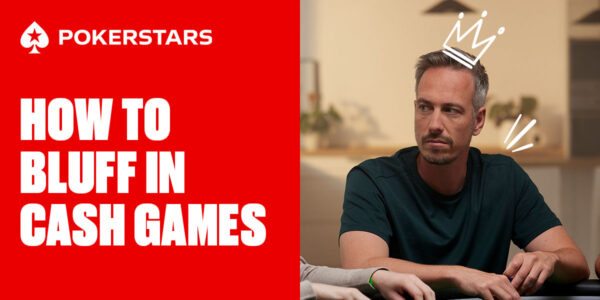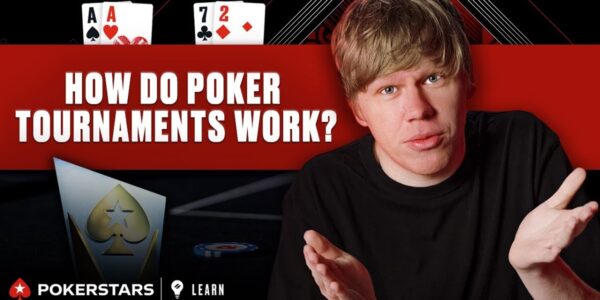When to Open Hands You Shouldn’t
In cash, we are looking to slowly grind out a long-term edge by making lots of solid decisions. This definitely involves knowing what your base ranges are for opening the pot, reacting to 3-Bets, etc. but it is equally important to know when to deviate from these ranges. A lot of the money a winning player earns from late position will come from opening hands that are technically losing to play. When circumstances are favourable; for example, when there are weaker or tighter players left to act behind us; and most notably; when we do not expect to get 3-Bet as often as we would under average table conditions; we can ignore what is technically allowed or not allowed and relax our standards significantly.
Abusing the Button
In 6 max cash, the following range is a good default starting point:


But have a look at this! I ran a filter earlier today in my tracking software, so that I could view the performance of some of the hands outside of this range when I chose to open them on the button. Whenever I deviate from this range it is because of advantageous table conditions.
The hands in red in the figure below are the extra ones I ran the filter for, meaning that I told my database to only show the winnings/losses for these hands.


How do you think these red hands performed over 710 trials of being opened from the button? Remember that according to the textbook, these hands are losing to open. In actual, fact they performed rather well. Take a look at the graph.


These hands are winning opens in my database from the button by 20 BB/100, meaning that every 100 hands they net me 20 big blinds. Of course, if you open these hands whenever you feel like it, they will not do so well, in fact they will probably start to cost you money. The key to showing a profit by playing such bad holdings is selectivity and most importantly scanning the table.
How to Scan the Table
Scanning the table is much like having a look before you cross the road. It is easy to do and will make all of the difference between life and death when it comes to win-rate. Just have a look at who is behind you in that ZOOM game before you hit the fast fold button. In order to widen your opening range on the button, you should be keeping your eye out for the following player types in the blinds:
- Passive players who call a lot pre-flop and fold often if they miss the flop.
- Nitty players who hardly ever 3-Bet and fold the blinds too frequently.
- Bad players who will make a lot of mistakes post-flop and not 3-Bet you much.
- Regs who don’t 3-Bet enough from the big blind.
And you should be inclined to tighten up your default BU range with the following player types in the blinds.
- Short stacks who can readily jam over an open.
- Avid 3-Bettors who 3-Bet more than 10% of the time overall.
- Maniacs who will frequently make life difficult for you unless you have a decent hand.
- Strong regulars who can outplay you post-flop.
Stealing Like Mad in the SB
A default SB opening range looks like this:


But in this position on the table, we can be even more ruthless with our opening of trash against players who fold too much. There is one simple reason for making bigger adjustments in this position than we would on the button.
When there is only one opponent to exploit, his mistakes are undiluted by other players playing correctly.
When you are on the button, and the small blind is too tight, you might not be able to get too out of line if the big blind is a competent player. However, when you get that nitty player all to yourself, SB vs BB, there is almost no limit to what you can get away with.
If you consider the math of this spot, a small raise like 2.5BB will only have to work 2 / (2 + 1.5) or 57% of the time to break even, if your hand had 0% equity. Since no hand is this bad, we can profitably open any two cards against opponents who fold this often or more.
Not scanning the big blind opponent when you are in the small blind is one of the biggest mistakes you can make pre-flop, especially at the lower stakes where it is common to find people who overfold in the big blind facing a steal. Some players just do not understand how wide they get to defend the big blind when they have position.
Adjusting from Earlier Positions
It is possible to scan the table and adjust in the same way from the CO, HJ, and UTG seats too; but your adjustments have to be a lot more minor. With so many players now to act behind you, the deficiencies of any one opponent will be diluted by the rest of the field. You have to avoid running into a big hand multiple times when stealing from the HJ and so even on a tight table there will be limits to how wide you can go.
Summary
- You can generate a lot of extra income by scanning on the button and opening hands that are technically losing to play.
- On the SB you can adjust to the extreme because there is only one opponent to get through and if he is to tight, you are guaranteed profitable opens with many hands you could not play normally.
- We can still scan in the earlier positions but need to make less extreme adjustments with so many players still to act.














